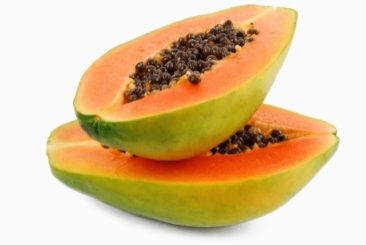What Is Asparagus? Benefits, How to Clean Asparagus?

Asparagus, whose benefits are frequently discussed by nutritionists, is a very sufficient alternative for those who want to determine a nutritional routine, although it is not consumed too much. On the content of vitamins, minerals and rich in protein ratio asparagus, which is also full of vitamins.
Asparagus, which has a metabolism-regulating effect with its direct consumption, is also considered the solution of many diseases. If you have never consumed asparagus before or if you do not like to consume asparagus directly, you can create a fit and healthy lifestyle by only drinking its water.
For vegetable lovers, it is important to apply the right cooking techniques as well as to consume the foods that offer a wide range of alternatives in place and on time. As with every food, overcooking vegetables both reduces their nutritional value and prevents them from providing the necessary contribution.
If you are a strict asparagus consumer or want to present asparagus with different techniques, you are in the right place! Let’s find answers to the questions of how to boil asparagus or how to cook fresh asparagus together with our article!
What Is Asparagus?
- Asparagus, which is from the lily family and known for its herbaceous and woody body, is among the plants that stand out with its nutritive values.
- The plant, which has a difficult cultivation process with its leafless stem, is one of the healing plants with its 2000-year history around the Mediterranean.
- The asparagus plant, which has been used in medicine from past to present, especially with its roots and fruits, is found in homes with the name of the asparagus flower for ornamental purposes.
- In the kitchen, asparagus, which is consumed with its whiteish green flesh, comes to the table in many different ways such as soup, salad, and olive oil meals with its nutritive values.
What Are the Benefits of Asparagus?
- Asparagus, which is rich in vitamins A, B and C, acts as a protector against toxins in the liver.
- It has curative effects, especially in liver swelling and jaundice.
- Since it is a vegetable with a high alkaline level, it helps to reduce blood acidity and has the feature of cleaning the blood.
- It helps to reduce harmful bacteria in the intestines with its rich herbal minerals and is used as a natural diuretic with its low sodium content.
- Especially with its structure that relaxes the digestive system, it is seen that it is beneficial against indigestion and bloating.
- Asparagus stands out with its folic acid-containing structure in terms of nutritional value and has a protective feature for heart health. It is known to strengthen the heart, especially when mixed with honey and consumed.
Where Does Asparagus Grow?
- Asparagus grass, which does not have a high climate selectivity, can be grown especially in sunny and mild weather conditions.
- Known for being a plant that is compatible with different climate types in terms of temperature, the asparagus tree has a structure that can withstand summer heat with frost events in winter.
- With low-temperature sensitivity, the asparagus field to be planted does not have special characteristics in terms of soil and asparagus seeds are easily planted in different soil types.
- As asparagus is cultivated around the world in Africa, Asia and the Mediterranean since it does not have harsh climate criteria, it is planted as a field crop in Turkey, especially in the Thrace region.
- With its resistance to extreme cold, the vegetable planted around Eastern Anatolia, where the winter is cold and frosts are experienced, is also found in nature as wild.
- Asparagus cultivation, which is not sensitive in terms of climate demand, but which is very laborious to produce, is based on professional methods that take several years.
When Is Asparagus Planting Season?
- March harvest to begin in early asparagus seed collected from March, April, May in the market in the month, sold in grocery and convenience store.
- It is possible to find the vegetable, which is easily found in fresh form in the spring months, until the first weeks of June.
- Especially in markets, asparagus vegetables are sold in vineyards until the beginning of summer.
- Asparagus seedlings, which grow in temperate climate conditions and start to yield two years after the first planting, are planted in the spring months.
- Two years after planting, the shoot can be taken for 15 years after the plant is harvested. The plant, which starts to grow at the beginning of March after February, is harvested in a short time.











